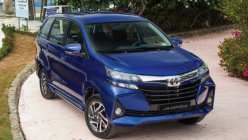A driver’s license is a privilege, but the real test comes after you manage to earn that plastic card with your name and picture on it. See, driving is not the cakewalk that many pop culture depictions make it out to be, more so in a place like the Philippines.
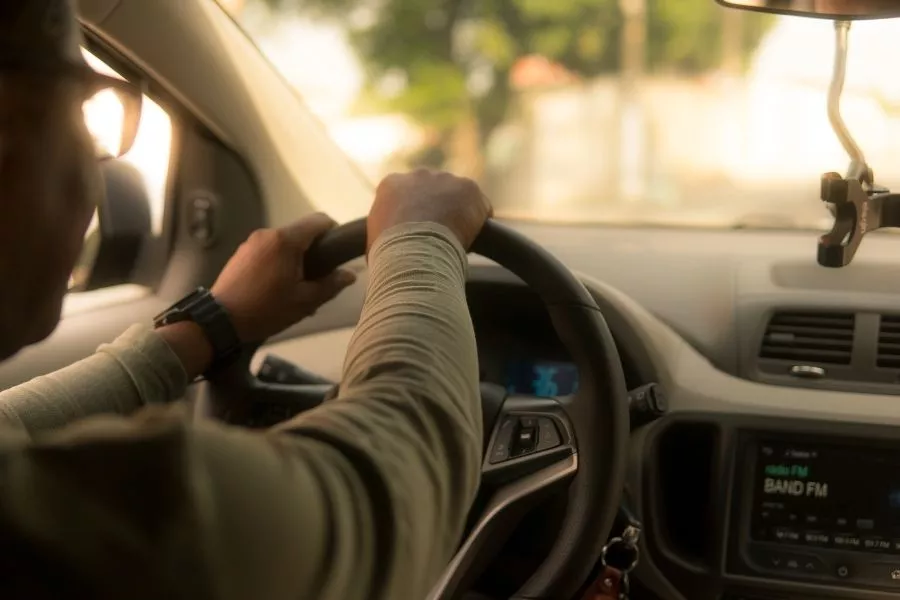
Getting to the driver's seat is just the beginning
Wayward vehicles, motorists with short fuses, erring pedestrians – all these and more are in store for the average Filipino driver’s license holder. As if it wasn’t bad enough to navigate unfamiliar roads, we all have to contend with completely random and unexpected situations when we take the wheel.
This is where defensive driving comes in, defined as a set of skills that enable you to defend yourself against the likelihood of an accident caused by external factors, whether natural or man-made. More than just memorizing basic driving skills and traffic rules, defensive driving involves anticipating dangerous situations, even when conditions are far from ideal. One popular definition refers to defensive driving as acting as if everyone else on the road is drunk.
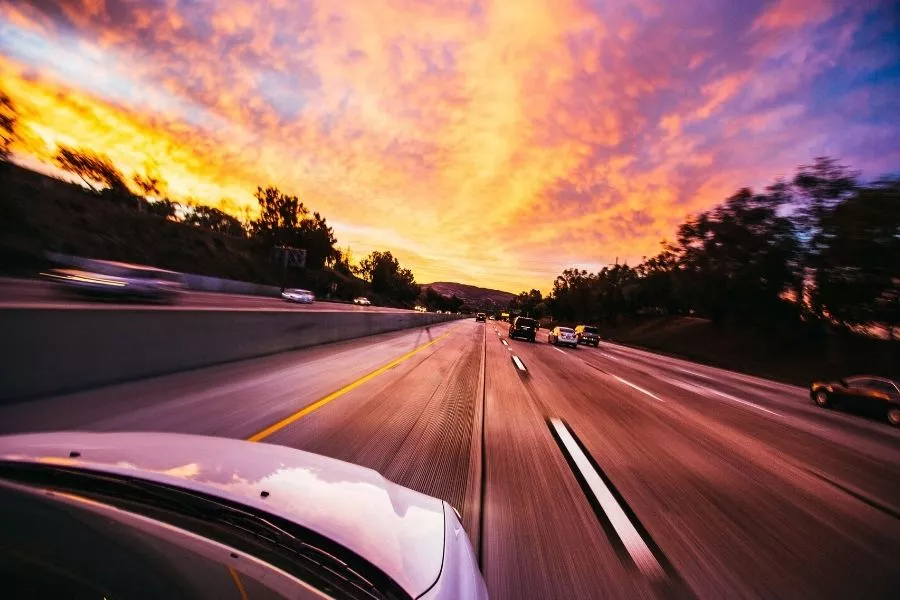
Defensive driving is being mindful of your surroundings and acting accordingly to avoid accidents
The primary goal of defensive driving is safety since you’ll be able to literally and figuratively steer clear of mishaps if you keep several rules in mind. Other benefits include placing your car under less strain, making it more fuel-efficient, and being able to save on maintenance costs.
Defensive driving starts with controlling your vehicle’s speed at all times. It’s not against the law to drive fast (provided that it’s done within prescribed speed limits), but this should not compromise your ability to react quickly and appropriately when something goes wrong, such as when a tire blowout occurs or a kid suddenly chases a ball across the street.
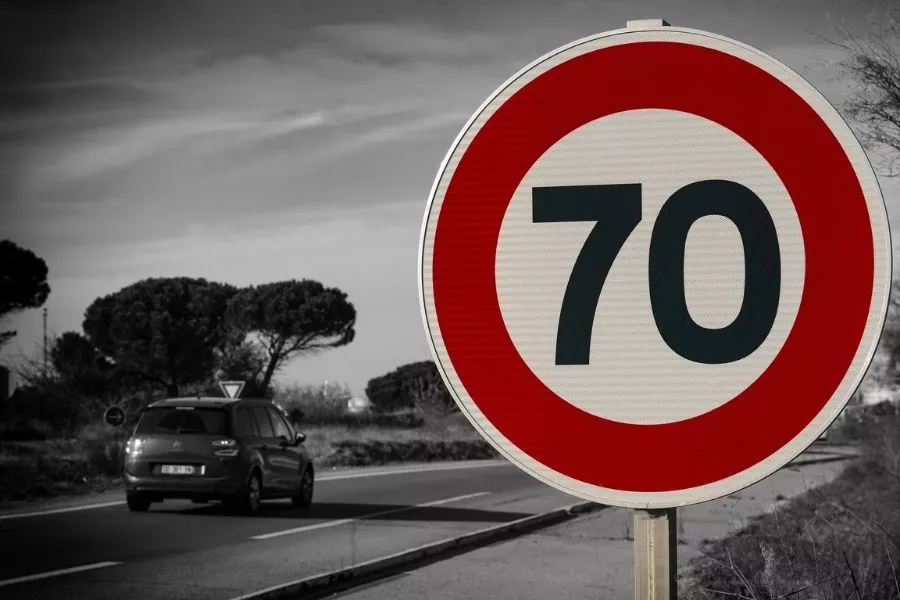
Speed limits are a guide, not a goal
Another important aspect of defensive driving is maintaining a sufficient distance when following other cars. Traveling in dry weather on the highway requires a two-second gap from the vehicle in front, to give you time to slow down and maneuver away in case it suddenly stops. This is extended to at least four seconds in adverse conditions such as rain and fog.
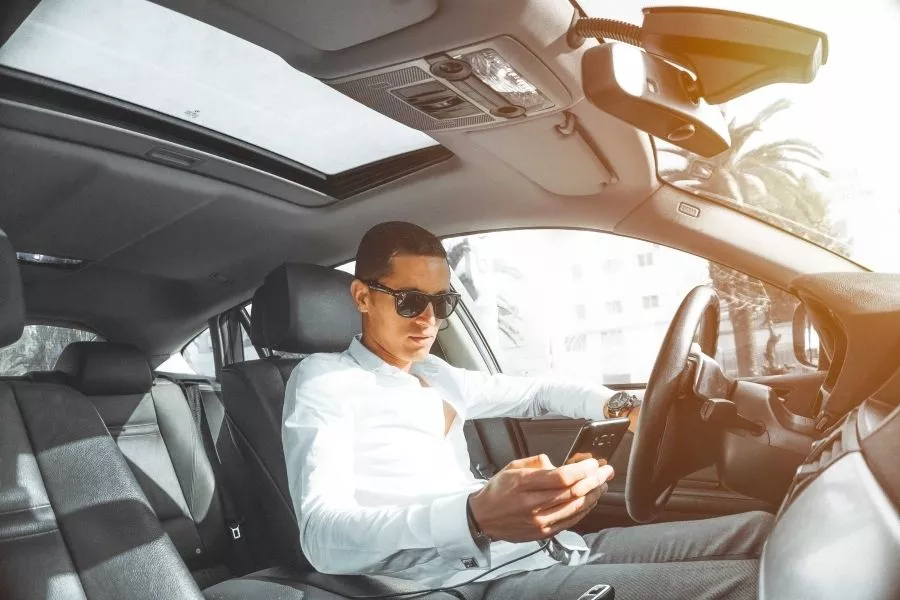
You fail the defensive driving test when you're easily distracted behind the wheel
Defensive driving also entails expecting that other road users will make mistakes. That SUV on the rightmost lane may not necessarily be turning right, or a hatchback waiting to turn across your right of way could suddenly do so just as you’re already halfway across the intersection box. It pays to be focused and observant on the road, as defensive driving can spell the difference between reaching your destination safely and having an unexpected hassle on your hands.
Learn more safe driving tips for beginners at Philkotse.com.
Recent posts
- Expressways Philippines Jan 05, 2021
- Tips to stay calm behind the wheel and avoid road rage Jun 19, 2019
- Driver's License in the Philippines: All You Need to Know Nov 08, 2022


